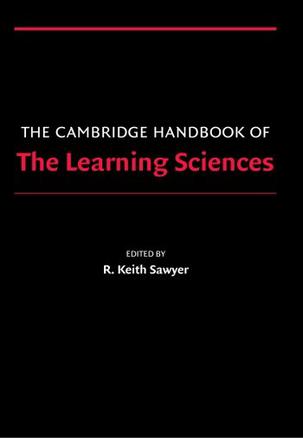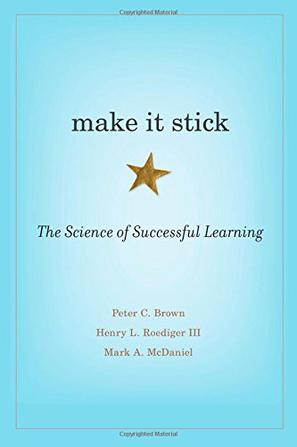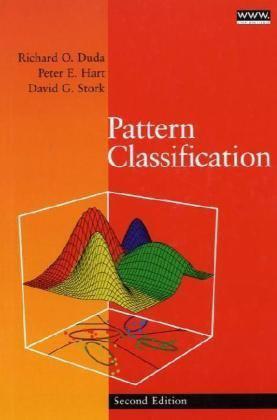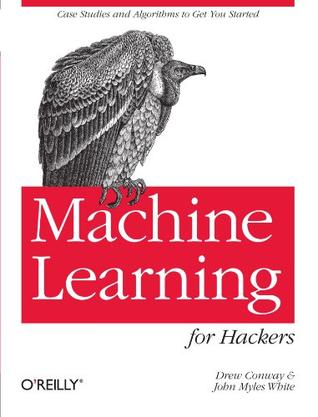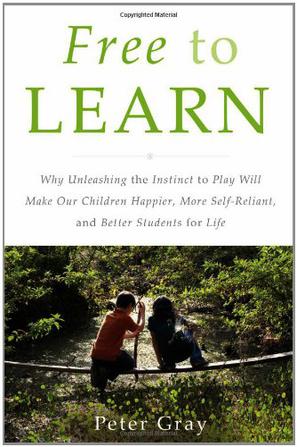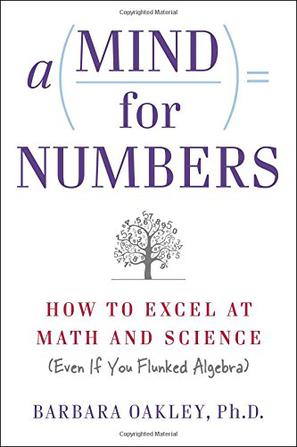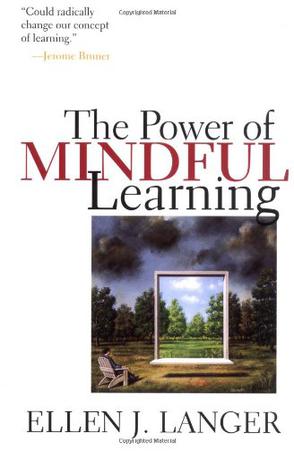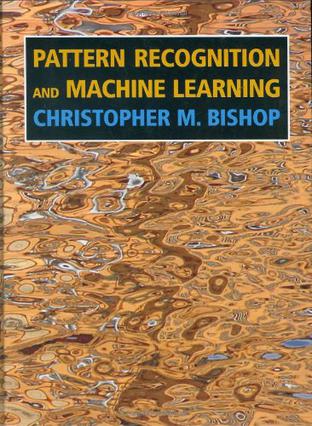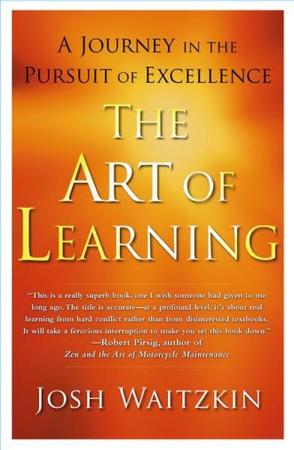欢迎来到相识电子书!
标签:learning
-
Mindstorms
A history of freedom in Western culture traces the evolution of this cherished idea from ancient times to the modern day. Reprint. National Book Award winner. NYT. -
The Cambridge Handbook of the Learning Sciences
Learning sciences is an interdisciplinary field that studies teaching and learning. The sciences of learning include cognitive science, educational psychology, computer science, anthropology, sociology, neuroscience, and other fields. The Cambridge Handbook of the Learning Sciences shows how educators can use the learning sciences to design more effective learning environments - including school classrooms and also informal settings such as science centers or after-school clubs, on-line distance learning, and computer-based tutoring software. The chapters in this handbook each describe exciting new classroom environments, based on the latest science about how children learn. CHLS is a true handbook in that readers can use it to design the schools of the future - schools that will prepare graduates to participate in a global society that is increasingly based on knowledge and innovation. -
Make it Stick
To most of us, learning something "the hard way" implies wasted time and effort. Good teaching, we believe, should be creatively tailored to the different learning styles of students and should use strategies that make learning easier. Make It Stick turns fashionable ideas like these on their head. Drawing on recent discoveries in cognitive psychology and other disciplines, the authors offer concrete techniques for becoming more productive learners. Memory plays a central role in our ability to carry out complex cognitive tasks, such as applying knowledge to problems never before encountered and drawing inferences from facts already known. New insights into how memory is encoded, consolidated, and later retrieved have led to a better understanding of how we learn. Grappling with the impediments that make learning challenging leads both to more complex mastery and better retention of what was learned. Many common study habits and practice routines turn out to be counterproductive. Underlining and highlighting, rereading, cramming, and single-minded repetition of new skills create the illusion of mastery, but gains fade quickly. More complex and durable learning come from self-testing, introducing certain difficulties in practice, waiting to re-study new material until a little forgetting has set in, and interleaving the practice of one skill or topic with another. Speaking most urgently to students, teachers, trainers, and athletes, Make It Stick will appeal to all those interested in the challenge of lifelong learning and self-improvement. -
Pattern Classification
The first edition, published in 1973, has become a classic reference in the field. Now with the second edition, readers will find information on key new topics such as neural networks and statistical pattern recognition, the theory of machine learning, and the theory of invariances. Also included are worked examples, comparisons between different methods, extensive graphics, expanded exercises and computer project topics. An Instructor's Manual presenting detailed solutions to all the problems in the book is available from the Wiley editorial department. -
Machine Learning for Hackers
Now that storage and collection technologies are cheaper and more precise, methods for extracting relevant information from large datasets is within the reach any experienced programmer willing to crunch data. With this book, you'll learn machine learning and statistics tools in a practical fashion, using black-box solutions and case studies instead of a traditional math-heavy presentation. By exploring each problem in this book in depth - including both viable and hopeless approaches - you'll learn to recognize when your situation closely matches traditional problems. Then you'll discover how to apply classical statistics tools to your problem. Machine Learning for Hackers is ideal for programmers from private, public, and academic sectors. -
The Art of Learning
Josh Waitzkin knows what it means to be at the top of his game. A public figure since winning his first National Chess Championship at the age of nine, Waitzkin was catapulted into a media whirlwind as a teenager when his father's book Searching for Bobby Fischer was made into a major motion picture. After dominating the scholastic chess world for ten years, Waitzkin expanded his horizons, taking on the martial art Tai Chi Chuan and ultimately earning the title of World Champion. How was he able to reach the pinnacle of two disciplines that on the surface seem so different? "I've come to realize that what I am best at is not Tai Chi, and it is not chess," he says. "What I am best at is the art of learning." In his riveting new book, The Art of Learning , Waitzkin tells his remarkable story of personal achievement and shares the principles of learning and performance that have propelled him to the top -- twice. With a narrative that combines heart-stopping martial arts wars and tense chess face-offs with life lessons that speak to all of us, The Art of Learning takes readers through Waitzkin's unique journey to excellence. He explains in clear detail how a well-thought-out, principled approach to learning is what separates success from failure. Waitzkin believes that achievement, even at the championship level, is a function of a lifestyle that fuels a creative, resilient growth process. Rather than focusing on climactic wins, Waitzkin reveals the inner workings of his everyday method, from systematically triggering intuitive breakthroughs, to honing techniques into states of remarkable potency, to mastering the art of performance psychology. Through his own example, Waitzkin explains how to embrace defeat and make mistakes work for you. Does your opponent make you angry? Waitzkin describes how to channel emotions into creative fuel. As he explains it, obstacles are not obstacles but challenges to overcome, to spur the growth process by turning weaknesses into strengths. He illustrates the exact routines that he has used in all of his competitions, whether mental or physical, so that you too can achieve your peak performance zone in any competitive or professional circumstance. In stories ranging from his early years taking on chess hustlers as a seven year old in New York City's Washington Square Park, to dealing with the pressures of having a film made about his life, to International Chess Championships in India, Hungary, and Brazil, to gripping battles against powerhouse fighters in Taiwan in the Push Hands World Championships, The Art of Learning encapsulates an extraordinary competitor's life lessons in a page-turning narrative. -
Free to Learn
What is it with kids these days? They can't sit still - but obesity is on the rise. Their days are filled with activity - but more often than not, they're bored and restless. Childhood should be a time of unbridled joy, play, and learning. Instead, we have pushed our children into an abnormal environment, where they are expected to spend the greater part of their day under adult direction, sitting at desks and taking tests. We call this imprisonment schooling. What free time they have we fill with supervised instruction: team sports, tutoring, homework. As a result, we are heading toward an unprecedented crisis, with skyrocketing rates of childhood anxiety, depression, and suicide. As developmental psychologist Peter Gray explains, children come into this world burning to learn, but the enduring lesson of school is that learning is work, to be avoided when possible. In "Free to Learn", Gray shows that we can reverse the harmful effects of modern schooling and promote learning, self-reliance, and curiosity in our kids by returning to our hunter-gatherer roots. School is an artificial construct, a relatively recent invention in our evolutionary history which arose with the development of agriculture. But as Gray points out, children's minds and their natural instincts to learn were shaped when humans were living as hunter-gatherers. In hunter-gatherer societies children were left to play freely - and over time they absorbed the practical skills they needed to survive by watching their elders, and developed social skills by having to negotiate with other children while playing. The counter-cultural movement known as "unschooling" is growing as more and more parents and teachers are coming to realize that anxiety and competition in the classroom inhibit learning; rather, self-chosen and self-directed play are what engage the mind as effective learning tools. As Gray argues, education and learning should call upon the core aspects of our human nature - curiosity, playfulness, and sociability - instead of inhibiting them. A brave, counterintuitive proposal for freeing our children from the shackles of the curiosity-killing institution we call school, "Free to Learn" shows that it's time to stop asking what's wrong with our children, and start asking what's wrong with the system. -
A Mind For Numbers
Whether you are a student struggling to fulfill a math or science requirement, or you are embarking on a career change that requires a higher level of math competency, A Mind for Numbers offers the tools you need to get a better grasp of that intimidating but inescapable field. Engineering professor Barbara Oakley knows firsthand how it feels to struggle with math. She flunked her way through high school math and science courses, before enlisting in the army immediately after graduation. When she saw how her lack of mathematical and technical savvy severely limited her options—both to rise in the military and to explore other careers—she returned to school with a newfound determination to re-tool her brain to master the very subjects that had given her so much trouble throughout her entire life. In A Mind for Numbers, Dr. Oakley lets us in on the secrets to effectively learning math and science—secrets that even dedicated and successful students wish they’d known earlier. Contrary to popular belief, math requires creative, as well as analytical, thinking. Most people think that there’s only one way to do a problem, when in actuality, there are often a number of different solutions—you just need the creativity to see them. For example, there are more than three hundred different known proofs of the Pythagorean Theorem. In short, studying a problem in a laser-focused way until you reach a solution is not an effective way to learn math. Rather, it involves taking the time to step away from a problem and allow the more relaxed and creative part of the brain to take over. A Mind for Numbers shows us that we all have what it takes to excel in math, and learning it is not as painful as some might think! -
The Power of Mindful Learning
Presents the concept of mindful learning, that is the continuous creation of new categories, openness to new information, & an implicit awareness of more than one perspective. Paper. DLC: Learning. -
Pattern Recognition And Machine Learning
The dramatic growth in practical applications for machine learning over the last ten years has been accompanied by many important developments in the underlying algorithms and techniques. For example, Bayesian methods have grown from a specialist niche to become mainstream, while graphical models have emerged as a general framework for describing and applying probabilistic techniques. The practical applicability of Bayesian methods has been greatly enhanced by the development of a range of approximate inference algorithms such as variational Bayes and expectation propagation, while new models based on kernels have had a significant impact on both algorithms and applications. This completely new textbook reflects these recent developments while providing a comprehensive introduction to the fields of pattern recognition and machine learning. It is aimed at advanced undergraduates or first-year PhD students, as well as researchers and practitioners. No previous knowledge of pattern recognition or machine learning concepts is assumed. Familiarity with multivariate calculus and basic linear algebra is required, and some experience in the use of probabilities would be helpful though not essential as the book includes a self-contained introduction to basic probability theory. The book is suitable for courses on machine learning, statistics, computer science, signal processing, computer vision, data mining, and bioinformatics. Extensive support is provided for course instructors, including more than 400 exercises, graded according to difficulty. Example solutions for a subset of the exercises are available from the book web site, while solutions for the remainder can be obtained by instructors from the publisher. The book is supported by a great deal of additional material, and the reader is encouraged to visit the book web site for the latest information. -
The Art of Learning
Eight-time national chess champion and international martial arts champion Josh Waitzkin lays out his battle-tested principles of learning and performance to give readers the same tools for excellence and success--in whatever field they pursue--that have propelled Waitzkin himself to the top of his game.
热门标签
下载排行榜
- 1 梦的解析:最佳译本
- 2 李鸿章全传
- 3 淡定的智慧
- 4 心理操控术
- 5 哈佛口才课
- 6 俗世奇人
- 7 日瓦戈医生
- 8 笑死你的逻辑学
- 9 历史老师没教过的历史
- 10 1分钟和陌生人成为朋友


